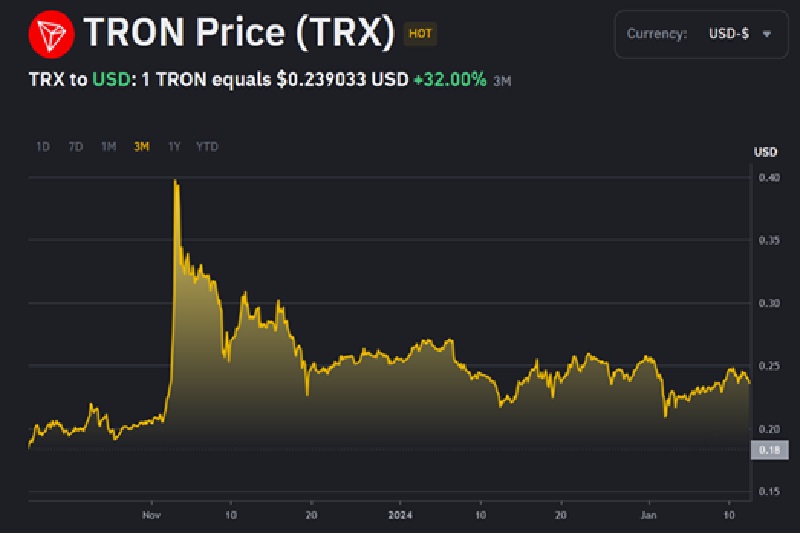
Millennials, the generation born between 1981 and 1996, commands a considerable influence over technology, the economy, and the financial markets. This population now largely in their 30s and 40s, Millennials will undoubtedly shape the adoption curve of cryptocurrency in the mid-2020s.
A study conducted by FINRA concluded that Gen Z investors are most likely to have started by investing in crypto (44%) compared to individual stocks (32%) and mutual funds (21%). The same study also found that Gen Z reported a median of $1,000 invested in crypto, approximately one-fourth of their median total investment holdings of $4,000. A BNY Mellon survey separately found that the ‘Next Gens’ commit 5% of their average portfolio to crypto compared to just an average of 1% for North American family offices.
If decentralized digital assets are to find a permanent place in the public’s consciousness, Millennials can’t just participate – they must actively spearhead the movement.
Open-minded Youth to Lead the Way
A report from MatrixPort estimates that 7.51% of the world’s population uses digital currencies and projects that this figure will surpass 8% in 2025. Key adoption drivers will include a more accommodative regulatory framework in the U.S., the involvement of BlackRock and other large financial firms, and the use of Bitcoin and other cryptocurrencies as inflation-resistant alternatives to government-issued fiat money.
Yet, it’s not just BlackRock’s backing of Bitcoin funds that will drive digital asset adoption in the back half of the decade. Young, open-minded participants must also fuel the movement, as millennials may be willing to venture into a variety of blockchain projects while old-school financial firms wait on the sidelines.
Many altcoins are taking center stage for the Millennial population as more liquidity enters the market. Take the Tron crypto token as an example. Binance explains that the Tron network “aims to decentralize content-sharing and establish a framework through which future Web3 platforms will operate.” Certainly, young tech mavens are the movers and the shakers in the fast-moving world of content sharing and Web3 applications which makes sense why it’s this population that is adopting coins like Tron. This massive adoption of TRX has contributed to the recent increase in price from $0.1603 on November 9th to its all time high of $0.3972 on December 3, 2024. As of today, February 13, 2025, Tron’s price is $0.2390 according to Binance.

This is where Millennials (and, in time, the teenagers and college students currently occupying Generation Z or the “Zoomer” generation) can spearhead the blockchain revolution. Tron isn’t a meme coin or a passing fad; it’s a prime example of a token with utility and purpose. There are 100 million users on the Tron blockchain – and although big banks might enter into the fold someday, young users with money to invest can get the train rolling and put high-potential digital currencies like Tron on the map.
The Future’s in Their Hands
A report by Cointelegraph found that nearly 29% of individuals under 43 years of age plan to invest in cryptocurrencies over the next year. Of course, this doesn’t mean 29% of them will actually buy crypto in the next 12 months.
Another study of 2,200 investors conducted by Charles Schwab concluded that a whopping 62% of Millennial investors plan to invest in cryptocurrency via ETFs. In this regard, Millennials easily surpass Generation X at 44% and Baby Boomer investors at just 15%. This is an indication that the Millennial generation is, perhaps more than other age demographics, ready and willing to put digital assets in their portfolios.
Crypto as “Virtual Real Estate”
Why are Millennials often eager to adopt these relatively new currencies, though? Sure, we can circle back to the idea of young participants being more open-minded and technologically savvy. What really cements Millennials’ role as leaders in crypto adoption, however, is the generational view of cryptocurrency as a better alternative to conventional means of wealth storage and preservation.
Governments can print as many fiat currency uits as they want, and publicly listed businesses can dilute their shares by creating more of them. In contrast, it’s written into Bitcoin’s code that there will ever only be 21 million Bitcoins.
Millennials, who witnessed the Great Recession and the accompanying financial crisis as children, don’t always trust traditional wealth accumulation and preservation avenues like their Baby Boomer parents did. Consequently, some Millennials are staking their claim to Bitcoin and other cryptocurrencies as “virtual real estate” with an inherently limited supply and, they believe, demand that’s bound to grow.
In other words, Millennials will spearhead cryptocurrency adoption through the remainder of the decade because they see the potential of newer, technology-fueled alternatives to older wealth-building avenues they view as outdated and unreliable. Hence, Millennials are willing to tolerate crypto’s price volatility in exchange for the hope of a better financial future – one in which decentralized digital tokens could be as normalized someday as traditional banking assets are today.

